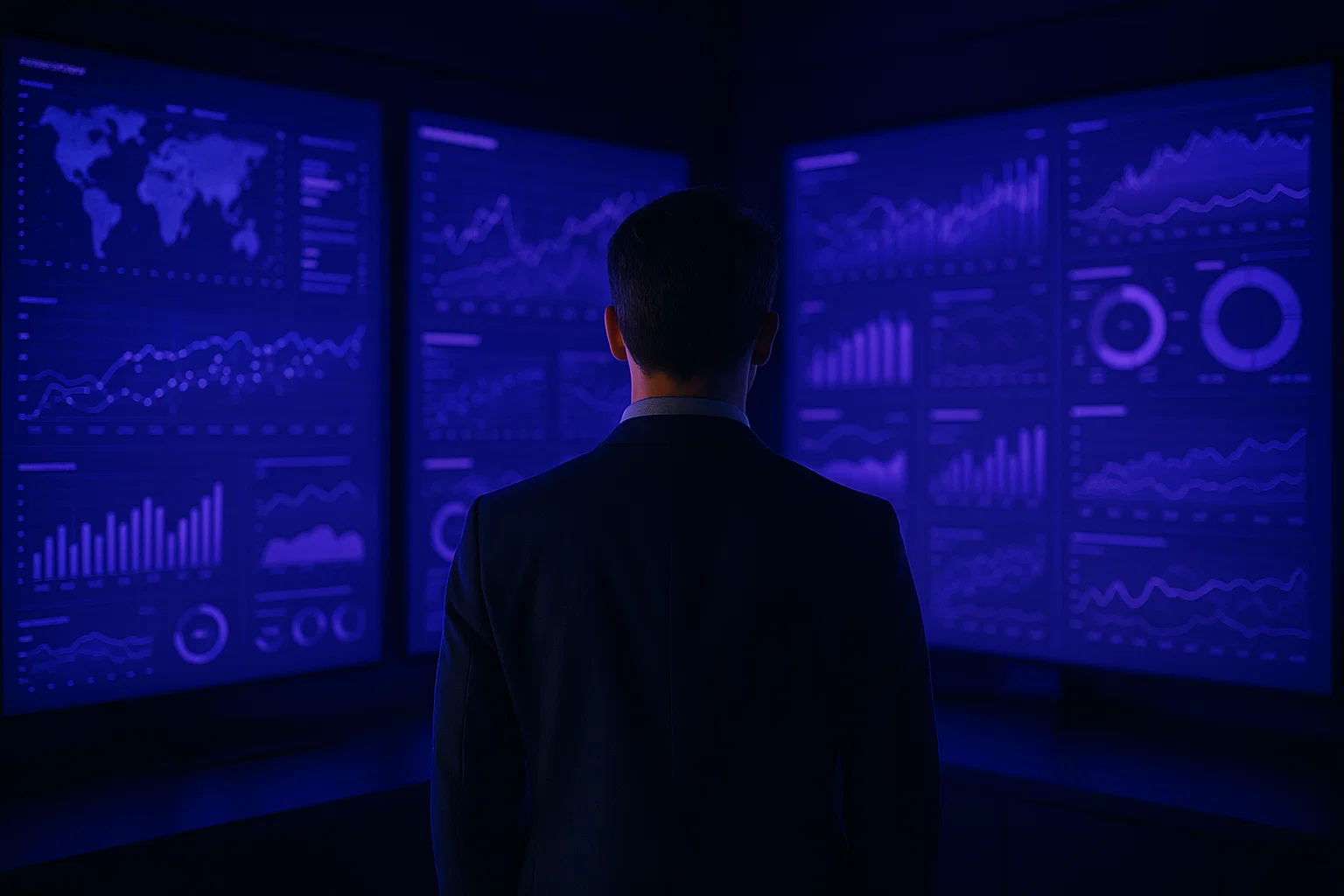The Danish M&A landscape is witnessing unprecedented digital transformation. While traditional due diligence once meant flying teams to Copenhagen boardrooms with briefcases full of documents, today’s deal-makers are increasingly relying on sophisticated virtual data room (VDR) technology to navigate complex transactions.
Beyond the Marketing Hype: What VDRs Actually Do
Most vendors will tell you that virtual data rooms “revolutionize” due diligence. The reality is more nuanced. A VDR functions as a security-first digital workspace where sensitive documents live behind multiple layers of protection during M&A transactions, fundraising rounds, and audit processes.
The technical architecture matters more than most realize. Modern VDRs employ AES-256 encryption—the same standard used by governments for classified materials. This means that even if data is intercepted, decryption would require computational power beyond current technological capabilities.
The Architecture of Trust: Core Technical Components
Document-Level Security Controls
Unlike basic cloud storage, VDRs implement document-specific protections. Dynamic watermarking embeds user information directly onto viewed documents, creating accountability trails. Screen capture blocking prevents unauthorized screenshots, while view-only permissions ensure documents cannot be downloaded without explicit authorization.
Remote document destruction—often called “remote shred”—allows administrators to revoke access to specific files even after they’ve been downloaded. This capability becomes crucial when deals fall through or when confidential information needs immediate protection.
Access Management at Scale
The permission matrix in enterprise VDRs can accommodate hundreds of users across multiple organizations. Danish law firms working on cross-border deals particularly benefit from this, as they can grant different access levels to local counsel, international advisors, and client teams simultaneously.
Two-factor authentication (2FA) has become table stakes, but advanced VDRs now implement single sign-on (SSO) integration with existing corporate systems. This eliminates password fatigue while maintaining security standards that satisfy regulatory requirements.
Where Technology Meets Due Diligence Reality
McKinsey research indicates that 40% of M&A deals still suffer from inadequate due diligence that prevents companies from capturing transformational value. The technical capabilities of modern VDRs directly address several root causes of this problem.
Data Quality and Organization
Advanced VDRs employ optical character recognition (OCR) to make scanned documents searchable. This seemingly simple feature can save deal teams dozens of hours when searching through historical contracts or regulatory filings.
Automated indexing creates searchable metadata for uploaded documents, while folder templates based on industry standards ensure consistency across deals. For Danish companies engaged in cross-border transactions, this standardization becomes particularly valuable when working with international buyers who expect familiar document structures.
Real-Time Collaboration Infrastructure
Modern due diligence involves geographically dispersed teams working under tight deadlines. VDRs facilitate this through integrated Q&A modules that allow buyers to submit document requests directly within the platform. Sellers can respond with attachments, comments, or additional documents, creating an auditable trail of all communications.
Version control ensures that all parties work with current information. When a document is updated, the system automatically notifies relevant users and maintains historical versions for reference.
The Economics of Digital Due Diligence
Table: Cost Comparison – Traditional vs. VDR Due Diligence
| Cost Component | Traditional Approach | VDR Implementation |
|---|---|---|
| Physical space | €5,000-15,000/month | €0 |
| Document printing | €2,000-8,000 | €0 |
| Travel expenses | €10,000-50,000 | €0 |
| VDR subscription | €0 | €1,000-5,000/month |
| Time savings | N/A | 30-50% reduction |
Accenture research demonstrates that M&A technology tools, including VDRs, can reduce the M&A lifecycle by three months while unlocking up to €45 million in additional value for sellers.
Security Standards That Matter in Denmark
Given Denmark’s strong data protection environment and GDPR compliance requirements, VDR security certifications carry significant weight. Leading platforms maintain ISO 27001, SOC 2 Type II, and GDPR compliance, ensuring that cross-border transactions meet international regulatory standards.
The audit trail functionality becomes particularly important for Danish companies. Every document view, download, and user action is logged with timestamps and IP addresses, creating the comprehensive documentation that regulatory bodies may require.
Implementation Realities: What Works and What Doesn’t
Folder Structure Strategy
The most successful VDR implementations begin with thoughtful folder organization. Rather than simply uploading existing file structures, experienced teams create buyer-focused hierarchies. A typical structure might include:
- Management Presentation (accessible to all users)
- Financial Information (restricted to senior advisors)
- Legal Documents (segregated by confidentiality level)
- Commercial Data (with granular access by business unit)
User Onboarding at Scale
Large transactions can involve 50+ users across multiple organizations. Successful implementations batch users into logical groups (advisors, management team, buyers, etc.) and assign permissions at the group level rather than individually.
🔹 Case Study Snapshot: A recent Danish technology company sale involved 73 users across 12 organizations in 8 countries. The VDR administrator created 6 user groups with differentiated access, completing onboarding in under 2 hours rather than the traditional 2-day process.
The Integration Question: VDRs in Broader Deal Technology
Modern M&A teams don’t use VDRs in isolation. Integration with existing deal management platforms, CRM systems, and communication tools determines overall efficiency. APIs allow VDRs to sync with project management software, automatically updating deal timelines based on due diligence progress.
For Danish companies considering virtual data room for due diligence solutions, the integration capability often proves more important than individual features.
Looking Beyond the Transaction
Post-merger integration represents an often-overlooked VDR use case. After deal closure, the same platform can facilitate cultural integration, policy harmonization, and ongoing compliance management. Document versioning ensures that updated procedures reach all stakeholders, while access controls can gradually expand as integration progresses.
The Practical Bottom Line
Virtual data rooms have evolved from simple document repositories to sophisticated transaction management platforms. For Danish deal-makers, the technology offers clear advantages: enhanced security, improved efficiency, and better compliance documentation.
However, the technology is only as effective as its implementation. Successful VDR deployments require thoughtful planning, proper user training, and integration with existing deal processes.
The companies that approach VDR selection as a strategic technology decision—rather than a commodity purchase—consistently report better deal outcomes and faster transaction timelines.

